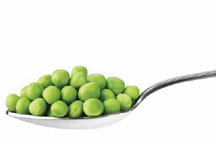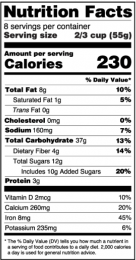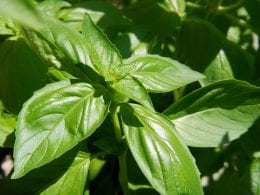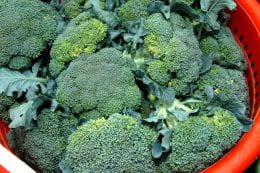 January is the perfect month to celebrate oats! A hot bowl of oatmeal can warm up cold winter days. While this ‘stick to your ribs’ food is a familiar breakfast food, oats are being used in many unique ways such as oat milk lattes and overnight oat recipes.
January is the perfect month to celebrate oats! A hot bowl of oatmeal can warm up cold winter days. While this ‘stick to your ribs’ food is a familiar breakfast food, oats are being used in many unique ways such as oat milk lattes and overnight oat recipes.
Oats date back about 32,000 years when wild oats were hand ground by paleolithic hunter gatherers. There are many wild oat species, but only four have been cultivated for today’s use. The species Avena sativa is on grocery store shelves. Avena byzantina and Avena strigosa are for animal feed. Avena abyssinica is exclusive to Ethiopia.
The popularity of oats grew when the Roman’s introduced it to the British Isles, especially Scotland, where they flourished. Oats came to North and South America in the 17th century and used primarily as animal feed. Today, Europe is the leader in oat production.
Oats are primarily steamed and flattened into rolled oats or “old fashioned” oats. This keeps the oat nutrient components intact as a whole grain. Quick or instant oats are also whole grain.
Source: https://bit.ly/388Mcwc





